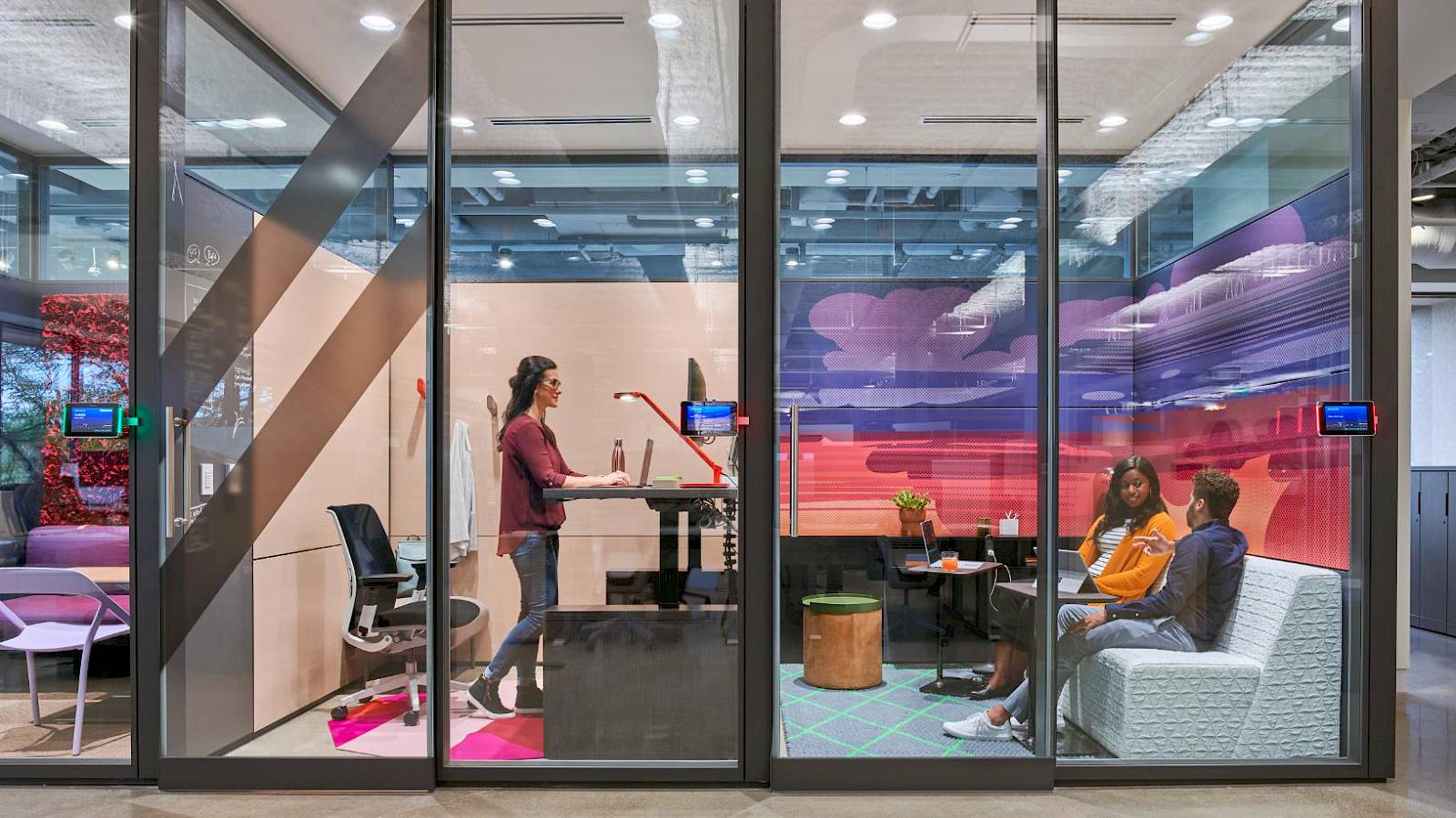
Organizational Transformation: How Steelcase Developed a Strategy for Growth in a Changing Workplace
Steelcase made its mark as an internationally recognized name in office furnishings with the introduction of Victor—a fireproof steel waste basket designed to reduce fires, which are often caused by ashes in wicker wastebaskets. More than 100 years later, Michigan-based manufacturer faces a new challenge: how to grow and stay relevant as cubicles and swivel chairs give way to collaborative hubs and open concept spaces.
By Forbes Insights
Steelcase made its mark as an internationally recognized name in office furnishings with the introduction of Victor—a fireproof steel waste basket designed to reduce fires, which are often caused by ashes in wicker wastebaskets. More than 100 years later, office workers are no longer smoking at their desks. But the Grand Rapids, Michigan-based manufacturer faces a new challenge: how to grow and stay relevant as cubicles and swivel chairs give way to collaborative hubs and open concept spaces.
As office design continues to evolve, Steelcase has shifted from a strategy of building internal capabilities to creating “new products, partnerships and acquisitions,” says Thomas Cook, director of strategy and corporate development for Steelcase. But success hinges on a shared commitment to strategy-delivery priorities and genuine buy-in from workers—a tall order for a company with thousands of employees in 45 locations. “Today, we have more than 12,000 employees, each one contributing to strategy in very different ways,” says Cook.
Don’t just assume your people will “get it.”
One way Steelcase encourages employees to champion new strategies, and to get on the same page, is by promoting team engagement. Take the Strategy Jam, for instance. More than 3,000 employees around the world participated in the 32-hour, around-the-clock, live conversation about strategy, asking probing questions and offering opinions.
Cook says that by keeping “executives up at odd hours, communicating digitally with folks all over the world,” the one-time event not only engaged employees, from senior-level executives to frontline factory workers, but also defined and clearly communicated the manufacturer’s new direction. “With the Strategy Jam, we were able to help employees see how their role supports this broader strategy of growth,” he explains. The Jam format—an online conversation about a specific topic—has been considered for other company moments and could be considered for upcoming strategy communications.
Another tactic Steelcase relies on to engage teams on transformation is Curious Minds. This series of events, which explore topics from cybersecurity to additive manufacturing, encourages employees and external speakers to step on stage and share their work or ideas with a wider audience. The result, says Cook, is not only a face-to-face forum for generating conversations about topics relevant to the strategy, but also an environment that sparks curiosity and innovation. A recent Curious Minds event featured Rich Sheridan, CEO of Menlo Innovations, one of the first software development companies to adopt Agile methodologies. The discussion resonated with Steelcase workers, many of whom rely on Agile processes to improve IT operations.
Download and read the full case study.
Published on 14 May 2019, by Forbes